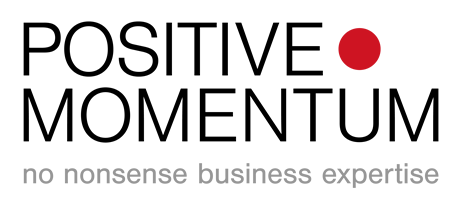Top pic ID 205493888 © Peerayut Nantajeeworawat | Dreamstime.com
We’ve seen lots of news coverage recently about various darlings of the technology world suffering hefty declines in their share price. That’s because of the hype around hypergrowth. In fact what we’re seeing is sigmoid curve dynamics.
The sigmoid curve is a S-shaped curve popularised in Charles Handy’s 1995 book ‘The Empty Raincoat: Making sense of the Future’.

The curve describes the dynamics of any phase of growth, including life itself – starting slowly and falteringly, accelerating into a period of concerted growth before it slows and turns to decline. The trick to sustaining growth is making the jump from one curve to the next at the right time.
Let’s look at some recent examples:
Netflix enjoyed a boom during the pandemic, but that’s come to an end as the world gets back to normal, so the rush of subscriber growth slows, not helped by the arrival of other competitors like Disney+.
Peloton also enjoyed a huge pandemic push as gyms closed and people looked for home workout solutions; but the gyms are reopening, and activist investors Blackwell Capital argued successfully that the founding CEO John Foley needed to move on.
And Meta, formerly known as Facebook, has lost a third of its market capitalisation in 2022 as for the first time in history user numbers failed to go up, and the company acknowledged that its investment in the metaverse would suck profits.
The sigmoid curve turns to decline when the situation changes, and there are lots of reasons why situations can change:
- Context: changes in technology opening new possibilities and rendering old ways obsolete – like batteries in cars; regulatory changes, like the phasing out of 3rd party cookies in digital advertising; the pandemic – enough said.
- Competition: TikTok for Instagram & Snapchat; Disney+ for Netflix; Swift for Peloton.
- Customers: The penny dropping about the climate emergency; changes in attitudes towards business purpose; changes in fashion.
The pandemic is one big reason accounting for the sigmoid curve shifts in so many businesses, and why we’re seeing so much of this change now. Another is that the metabolism of business in general has sped up dramatically – in the 1980s the average lifespan of a company on the S&P 500 was 40 years, now it’s nearer 12.
Peloton, Netflix & Meta are all high profile examples of businesses on current curves which are either flattening out, or have started declining; in all three, investors have come to expect sustained hypergrowth from a previously successful concatenation of sigmoid curves (eg. Peloton offering Tread & other workouts, Netflix using their algorithm to commission content, Facebook acquiring Instagram & Whatsapp). When the run falters, the share price drops.
There are 5.6 million businesses in the UK and 32 million businesses in the USA, and the succession of sigmoid curves is a phenomenon that every single business will face some time in its lifespan.
The art of securing longevity for your business is knowing when your current sigmoid curve is flattening out and when to make the switch to the next one.
So while most of the people in your business are rowing the boat, someone needs to have an eye on the seas ahead, monitoring the context, competition and customers for signs that your current sigmoid curve is changing shape.
And you need to capitalise on the energy of current growth to start preparing for the switch to the next phase. It might feel counter-intuitive and far too early to consider change when things are looking so rosy, but leave change too late at your peril. It can be much harder to re-galvanise a team already demoralised by decline.
I was Managing Director of digital publishing business Future Plc during a hypergrowth phase, where we had nailed a formula for optimising the search funnel to channel purchase intent into ecommerce revenues. But while those revenues and the share price rose, we always had our eyes on changes in context (tweaks to Google’s search algorithm and declines in commission rates for affiliate partners), changes in the competition (new entrants, in particular niche publishers), and changes among customers (search volumes for product related terms, tolerances to digital advertising).








